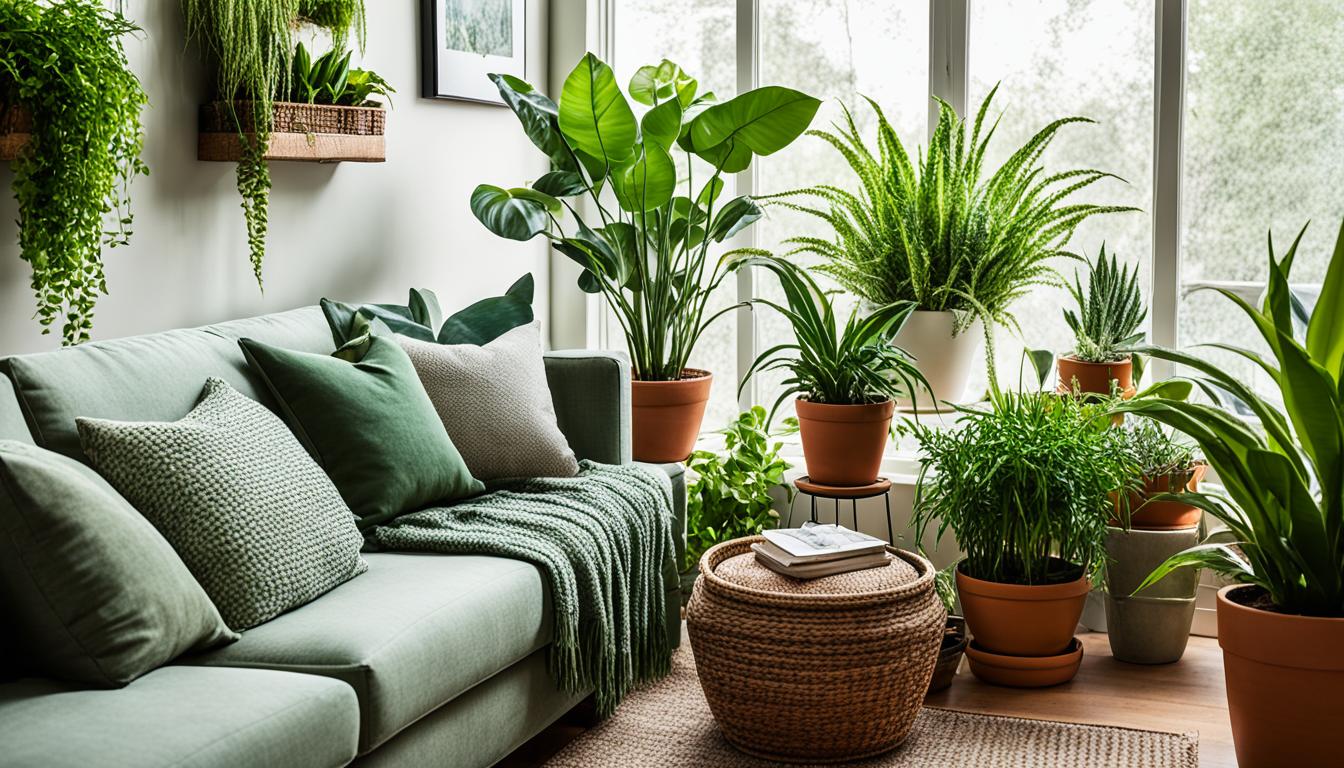In the hustle and bustle of modern life, apartments often become our sanctuaries – places where we seek comfort, relaxation, and a sense of connection. While decorating with furniture and artwork certainly adds character, introducing plants into your apartment can elevate the space to a whole new level. Plants not only bring a touch of nature indoors but also offer a multitude of benefits, from improving air quality to enhancing visual appeal.
The Power of Green Indoors:

- Air Quality Improvement: Houseplants act as natural air purifiers, absorbing harmful toxins like formaldehyde, benzene, and xylene, which are commonly found in household products and building materials.
- Visual Beauty and Enhanced Aesthetics: Plants add a touch of vibrancy and life to any space, transforming sterile environments into welcoming and inviting havens. Their diverse textures, colors, and forms create visual interest and enhance the overall aesthetic appeal of your apartment.
- Increased Relaxation and Stress Reduction: Studies have shown that being around plants can lower stress levels, improve mood, and promote a sense of calm and well-being. The simple act of tending to plants can be a therapeutic and mindful activity.
This article serves as your comprehensive guide to selecting and caring for plants that thrive in apartment environments, even with limited space and less-than-ideal lighting conditions. We’ll introduce you to a variety of hardy and low-maintenance options, along with practical tips to ensure their health and longevity.
-
Characteristics of Plants Suitable for Apartments
Not all plants are created equal when it comes to apartment living. The ideal houseplants for apartments possess certain key characteristics that make them well-suited to indoor environments:
- High Resistance to Varying Conditions: Apartment temperatures and humidity levels can fluctuate. Hardy plants are adaptable and can tolerate these variations without significant stress.
- Low Natural Light Requirements: Many apartments have limited access to direct sunlight. Plants that thrive in low-light conditions are essential for these spaces.
- Minimal Watering Needs and Low Maintenance: Busy apartment dwellers often appreciate plants that don’t require constant attention. Low-maintenance options are ideal for those with limited time.
- Air Purifying Qualities: Plants that actively filter and improve indoor air quality offer an added health benefit, making them valuable additions to any apartment.
-
Introducing the Best Apartment Plants Based on Different Conditions
Let’s explore some of the best apartment plants, categorized by their specific strengths and ideal conditions:
- A) Resistant and Low-Maintenance Plants
These plants are perfect for beginners or anyone seeking hassle-free greenery:
- Snake Plant (Sansevieria trifasciata): Also known as Mother-in-Law’s Tongue, the Snake Plant is practically indestructible. It tolerates low light, infrequent watering, and a wide range of temperatures. Its upright, sword-like leaves add a modern touch to any room.
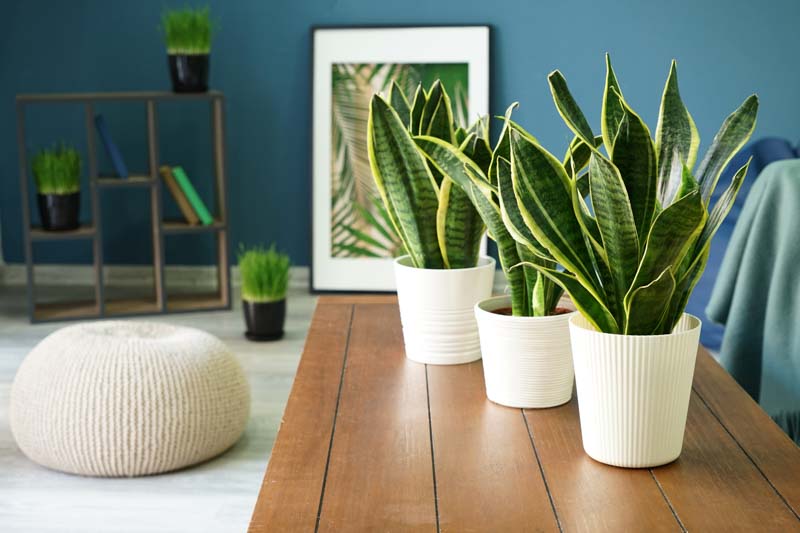
- ZZ Plant (Zamioculcas zamiifolia): The ZZ Plant is another incredibly resilient option, thriving on neglect. It can handle low light, drought, and even occasional forgetfulness. Its glossy, dark green leaves create a lush and sophisticated look.
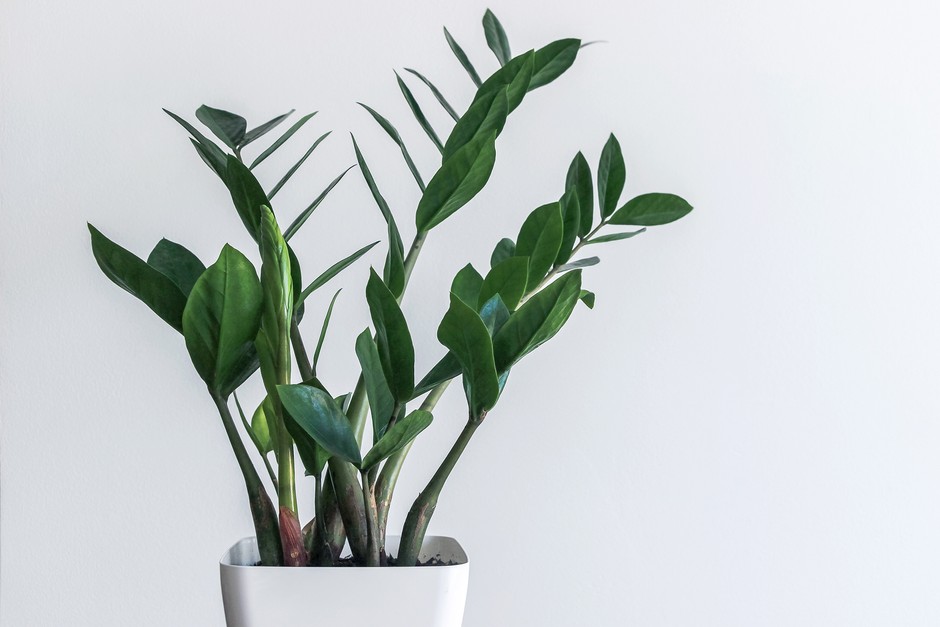
green leaves of Zamioculcas zamiifolia with white wall
- Pothos (Epipremnum aureum): Pothos, also known as Devil’s Ivy, is a versatile and fast-growing vine that’s easy to care for. It tolerates low light and irregular watering, making it a great choice for hanging baskets or trailing from shelves.
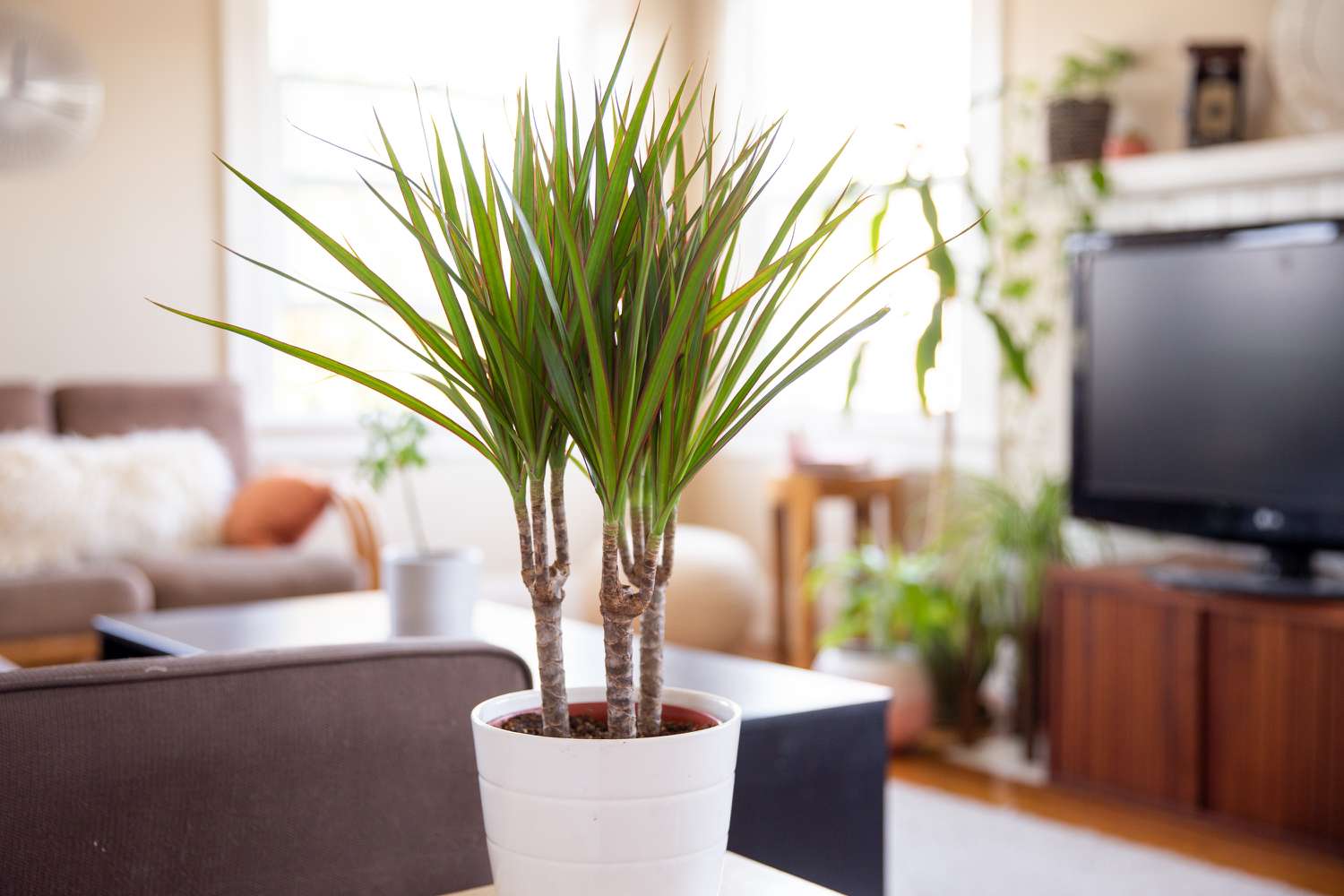
- B) Plants Suitable for Low Light
These plants can brighten up dimly lit apartments without complaint:
- Dracaena: Several Dracaena varieties, such as Dracaena marginata (Dragon Tree) and Dracaena fragrans (Corn Plant), are relatively tolerant of low light conditions. They add height and architectural interest to a space.
- Aglaonema (Chinese Evergreen): Aglaonemas are known for their beautiful, patterned leaves in shades of green, silver, and red. They thrive in low to moderate light and are relatively easy to care for.
- Aspidistra (Cast Iron Plant): True to its name, the Aspidistra is incredibly tough and can withstand neglect and low light conditions. It’s a classic choice for apartments, adding a touch of old-fashioned charm.
-
C) Air Purifying Plants
These plants go above and beyond by actively cleaning the air in your apartment:
- Aloe Vera: Aloe Vera is not only an excellent air purifier but also has medicinal properties. Its gel-filled leaves can be used to soothe burns and skin irritations. It prefers bright, indirect light.
- Philodendron: Philodendrons are effective at removing common indoor pollutants. There are many varieties to choose from, including the heartleaf philodendron (Philodendron hederaceum) and the split-leaf philodendron (Monstera deliciosa).
- Boston Fern (Nephrolepis exaltata): Boston Ferns are known for their lush, feathery fronds. They help increase humidity levels in the air, which can be particularly beneficial during dry winter months. They prefer bright, indirect light and moist soil.
-
D) Plants Suitable for Small Spaces
These compact plants are perfect for adding greenery to apartments with limited square footage:
- Cacti and Succulents: Cacti and succulents come in a wide variety of shapes, sizes, and textures. They are low-maintenance and require minimal watering, making them ideal for small tables, shelves, and windowsills.
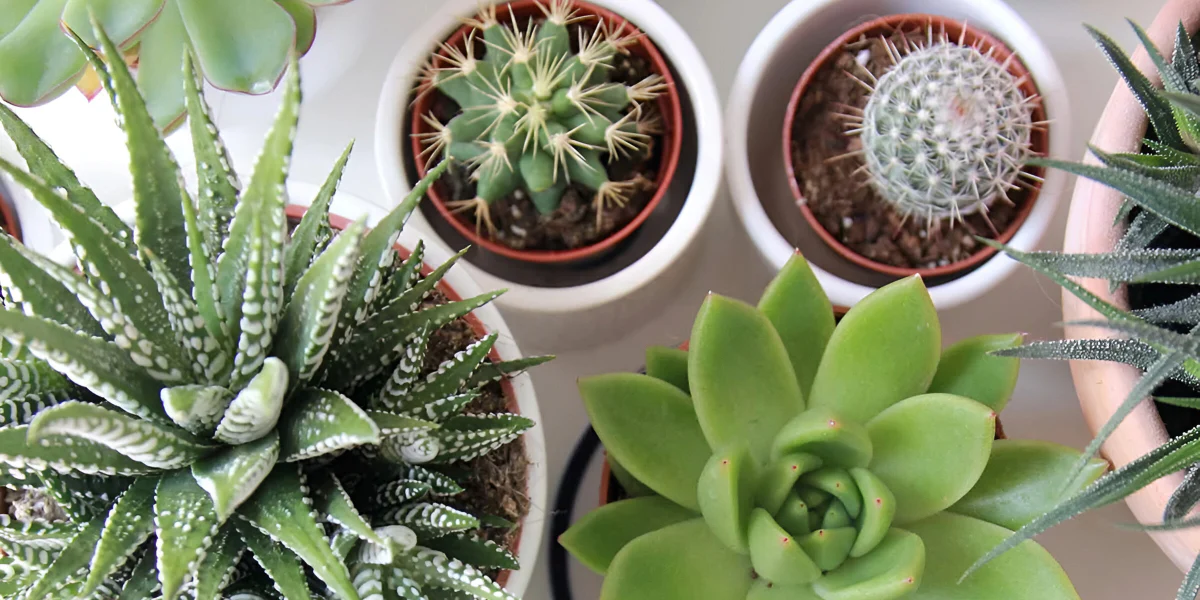
- Peperomia: Peperomias are small, charming plants with attractive foliage. They come in various leaf shapes and colors, adding visual interest to tight spaces.
- Hoya (Wax Plant): Hoyas are climbing or trailing plants with waxy leaves and fragrant flowers. They can be trained to grow up a trellis or cascade from a hanging basket, adding a touch of elegance to small apartments.
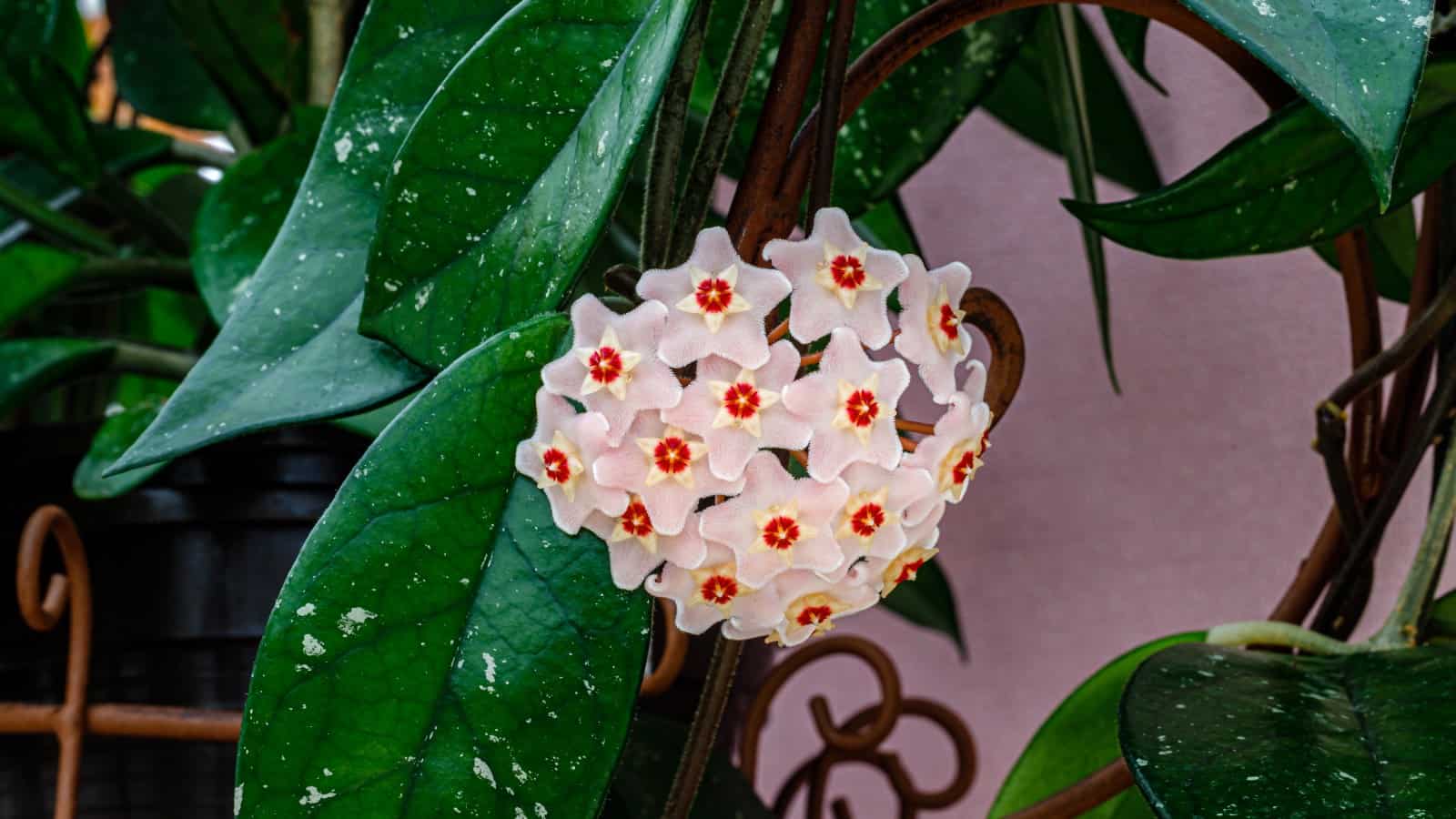
-
Important Tips for Maintaining Houseplants
Even the hardiest apartment plants require some basic care to thrive. Here are some essential tips to keep your indoor garden healthy and happy:
- Watering Techniques:
- Avoid Overwatering: Overwatering is one of the most common mistakes people make with houseplants. It can lead to root rot and other problems.
- Check Soil Moisture: Before watering, check the soil moisture by sticking your finger about an inch into the soil. If it feels dry, it’s time to water.
- Water Thoroughly: When you do water, water thoroughly until excess water drains out of the drainage holes in the pot.
- Adjust Watering Frequency: Adjust watering frequency based on the plant’s needs, the time of year, and the humidity level in your apartment.
- Light Requirements:
- Observe Your Plants: Pay attention to how your plants are responding to the light in your apartment. If they are stretching towards the light, they may need more. If their leaves are scorched, they may be getting too much direct sunlight.
- Rotate Plants: Rotate your plants regularly to ensure that all sides receive adequate light.
- Consider Artificial Light: If your apartment has very limited natural light, consider using grow lights to supplement.
- Choosing the Right Pot and Soil:
- Drainage: Ensure that your pots have adequate drainage holes to prevent water from accumulating at the bottom.
- Pot Size: Choose a pot that is appropriately sized for the plant. A pot that is too large can retain too much moisture, leading to root rot.
- Soil Type: Use a potting mix that is specifically formulated for houseplants. Avoid using garden soil, which can be too dense and heavy.
- Fertilizing:
- Use a Balanced Fertilizer: Use a balanced liquid fertilizer diluted to half strength.
- Fertilize During Growing Season: Fertilize your plants during the growing season (spring and summer) to provide them with the nutrients they need to thrive.
- Avoid Over-Fertilizing: Over-fertilizing can damage your plants. Follow the instructions on the fertilizer label carefully.
-
Creative Ideas for Arranging Plants in the Apartment
Plants not only enhance air quality and boost your mood but also serve as excellent décor pieces. Here are some creative ideas for arranging plants in your apartment:
- Hanging Plants:
- Space Saving Decor: Utilize vertical space with hanging plants, such as Pothos or Spider Plants, to add greenery without taking up valuable floor space.
- Variety of Hangers: Use a variety of hanging planters made from macramé, ceramic, or metal to complement your décor style.
- Shelves:
- Create a Green Gallery: Arrange plants on shelves to create a visually appealing display. Combine plants of different heights, textures, and colors for added interest.
- Floating Shelves: Use floating shelves to create a minimalist look and showcase your favorite plants.
- Green Corner:
- Combine Plants: Designate a corner of your apartment as a green sanctuary by combining several resistant plants. Add decorative elements like stones, moss, or small figurines to create a natural and calming atmosphere.
- Wall Vases:
- Unique Focal Points: Use wall vases to display cuttings or small plants, creating a unique and eye-catching effect.
-
Benefits of Having Plants in Apartment Buildings
The benefits of having plants in apartment buildings extend beyond individual units:
- Purifying Air: Plants collectively help purify the air within the building, reducing environmental pollutants and creating a healthier living environment for all residents.
- Increasing Humidity: Plants help increase humidity levels, which can be particularly beneficial in dry climates or during winter months when heating systems tend to dry out the air.
- Reducing Stress: Studies have shown that being around plants can lower stress levels and promote a sense of calm, benefiting residents’ overall mental well-being.
- Improving Concentration: Plants can help improve concentration and focus, which can be particularly beneficial for residents who work from home or study in their apartments.
-
Conclusion
Hardy apartment plants into your apartment is a simple yet transformative way to enhance your living space. By selecting the right plants for your specific conditions and providing them with basic care, you can create a vibrant, healthy, and inviting home.
Key Takeaways:
- Choose plants that are well-suited to the light conditions in your apartment.
- Avoid overwatering and allow the soil to dry out slightly between waterings.
- Use a well-draining potting mix.
- Fertilize your plants during the growing season.
- Get creative with plant arrangements to enhance your décor style.
By embracing the power of plants, you can improve the quality of your life and create an apartment that is not only beautiful but also beneficial to your health and well-being. So, bring nature home and experience the joy of living among thriving greenery!

